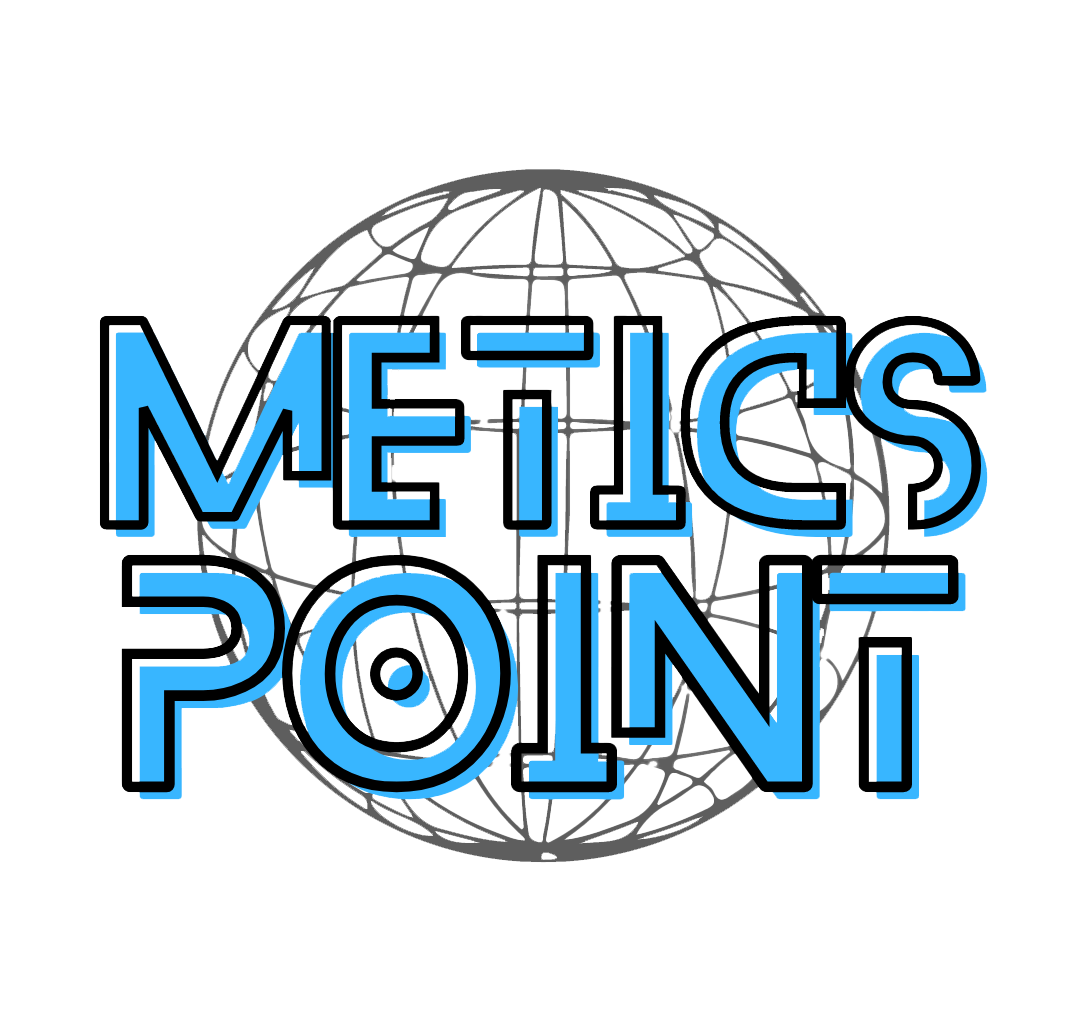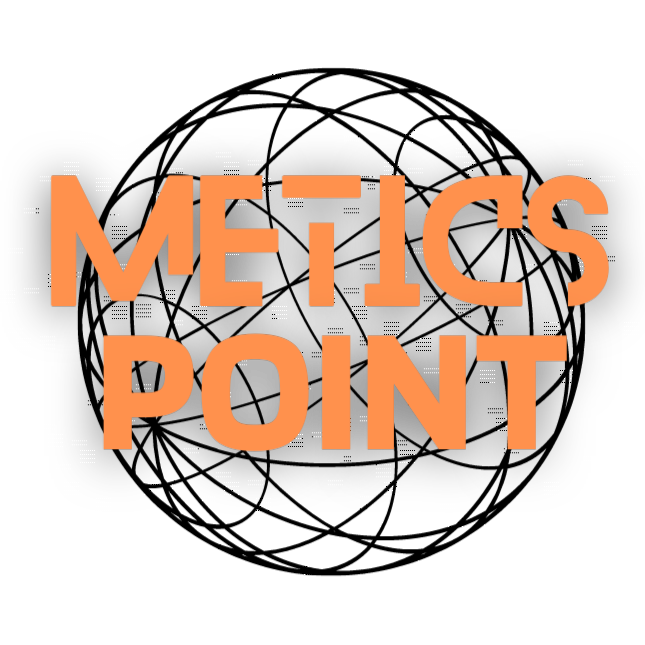Would you say that your digital game collection is a chaotic labyrinth of forgotten titles and scattered libraries? In the world of gaming, managing an ever-growing library can sometimes feel like a daunting task. Whether you are a casual gamer or a dedicated collector, organizing your digital game collection efficiently ensures that you have more time to enjoy the games themselves, rather than spending time searching for them. This article delves into comprehensive methods for digital game collection organization, providing strategies that cater to different preferences and platforms.

Table of Contents
The Evolution of Game Collections
Digital game collections have evolved significantly over the past few decades. As the gaming industry shifted from physical cartridges and discs to digital downloads, gamers embraced the convenience but faced new challenges. The vast availability of games through platforms like Steam, Epic Games Store, and consoles ensured that gamers had more options than ever. However, an abundant digital library can easily become unwieldy without a structured approach to organization.
Historical Context of Gaming Libraries
In the early days of digital distribution, options were limited, and ownership was imparted through physical copies. The excitement of building a game collection involved tangible elements—like displaying cases on a shelf—which have now been replaced by digital archives. This shift has brought about the challenge of mastering metadata, tagging, and digital categorization, transforming how collections are managed.
Transition From Physical to Digital Libraries
The move from physical to digital has had numerous implications on game storage and access. With physical copies, organization was as simple as alphabetizing titles on a shelf. Digital libraries, however, offer expansive ways to categorize games based on personal preferences. Understanding the benefits of digital ownership as well as its challenges can be foundational in organizing your collection effectively.
Key Concepts for Organizing Digital Game Libraries
Organizing a digital game collection requires more than just a passion for gaming; it requires strategic thinking and the right tools. Below are some key concepts to facilitate a coherent and efficient digital library.
Importance of Categorization
The cornerstone of any well-organized digital library is effective categorization. Categorizing games not only aids quick retrieval but also enhances the user experience by making browsing intuitive. Categories can range from genres and platforms to developers and even mood or themes. The flexibility of digital categorization means that the system can be as broad or specific as the user desires.
Tagging and Metadata
Tags and metadata play an essential role in digital organization. Tags are keywords or phrases attached to games and allow for the creation of personalized categories. Whether you’re organizing by gameplay length, control schemes, or multiplayer capabilities, tagging provides endless customization options. Utilizing metadata, like release dates and patch notes, can additionally offer insights into game analytics.
Cloud Storage and Syncing Libraries
Leveraging cloud storage can greatly aid in managing a digital game collection. It offers seamless access across devices, ensuring that your library is synchronized no matter where or how you enjoy your games. Cloud solutions also safeguard your collection from data loss, a crucial benefit given that digital collections lack the permanence of physical media.
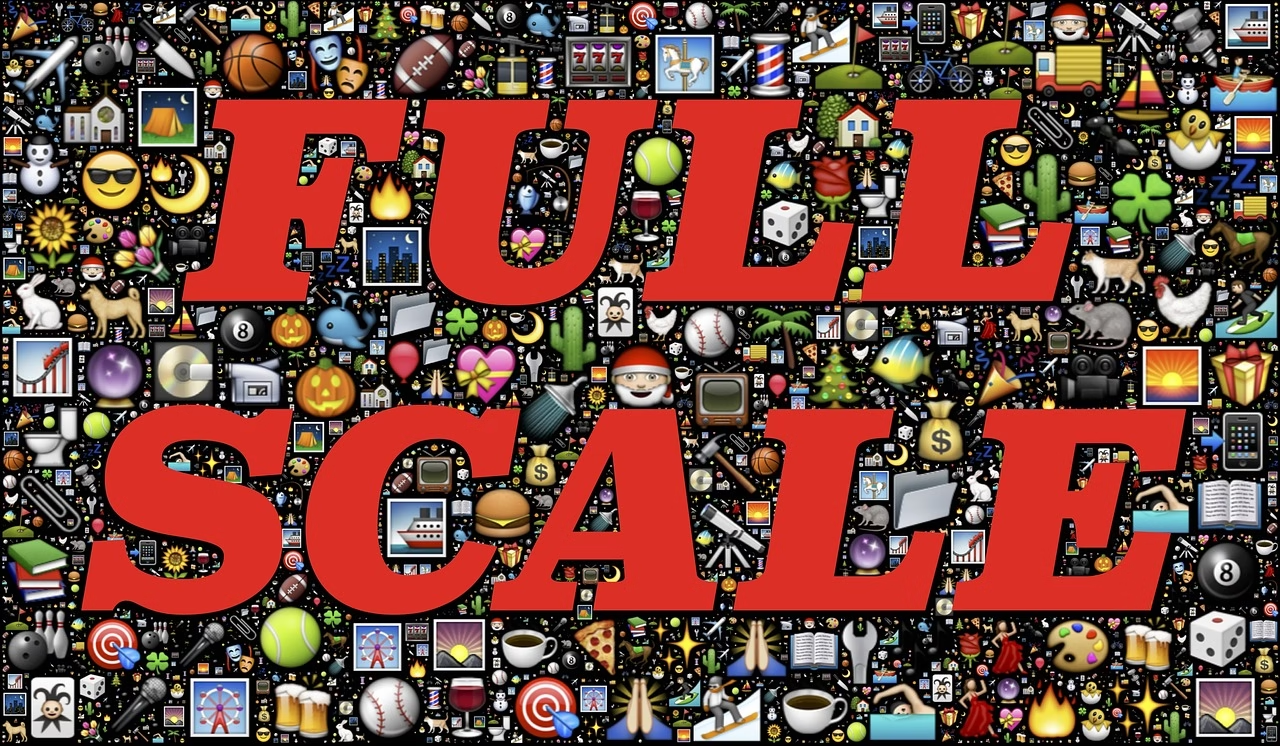
Step-by-Step Guide to Organizing Your Collection
Now that we’ve explored the critical concepts, let’s dive into a structured approach to organizing your game library, tailored to suit various preferences and systems.
Step 1: Audit Your Current Library
Begin by taking an inventory of your existing collection. Understanding what you currently have is the first step toward creating an effective organizational strategy. Use tools within gaming platforms to track owned titles and evaluate playtime to identify which games warrant easy access.
Step 2: Choose Your Categorization Method
Decide on a categorization method that complements your gaming style. You might prefer organizing by genre, such as action, RPG, or puzzle, or by gaming platform, be it PC, Xbox, or PlayStation. It can also be helpful to create custom categories for games that you frequently revisit.
Step 3: Implement Tagging for Customization
Tags offer an additional layer of granularity in organization. Consider tagging games based on specific criteria, such as “multiplayer,” “indie,” or “family-friendly.” Platforms like Steam offer built-in tagging systems, which can be used to browse your collection by these custom labels.
Step 4: Utilize Game Launchers and Libraries
Third-party game launchers and management tools can centralize your digital collections across platforms. Applications like LaunchBox or Playnite integrate multiple libraries into a single interface, allowing for streamlined access and organization.
Step 5: Regularly Maintain and Update Your Collection
Regular maintenance is key to keeping a tidy collection. Schedule periodic reviews to add new tags, update metadata, and remove games you no longer play. Maintaining your investment in organizational tasks ensures your library remains current and easy to navigate.
Case Studies and Comparisons
Exploring real-world examples can offer valuable insights into effective game organization methods. Let’s compare approaches different gamers have taken and examine their outcomes.
Case Study 1: Genre-Based Organization
One gamer, an enthusiast of varied game styles, found that organizing their collection by genre maximized utility. Using Steam’s built-in tools, they categorized their 200+ games into distinct genres, making it effortless to switch between an RPG and a strategy game based on mood.
Case Study 2: Platform-Centric Libraries
For a gamer who frequently shifts between consoles and PCs, a platform-centric organization process was ideal. They utilized categorization tools available through Xbox Game Pass and PlayStation Store, maintaining distinct libraries that aligned with each device’s unique interface and control system.
Comparison Table: Game Launchers
| Feature | Steam | Epic Games Store | GOG Galaxy |
|---|---|---|---|
| Library Import | Yes | No | Yes |
| Cloud Saves | Yes | No | Yes |
| Community Features | Extensive | Limited | Moderate |
| Offline Mode | Yes | Yes | Yes |
| Custom Tags | Yes | No | No |
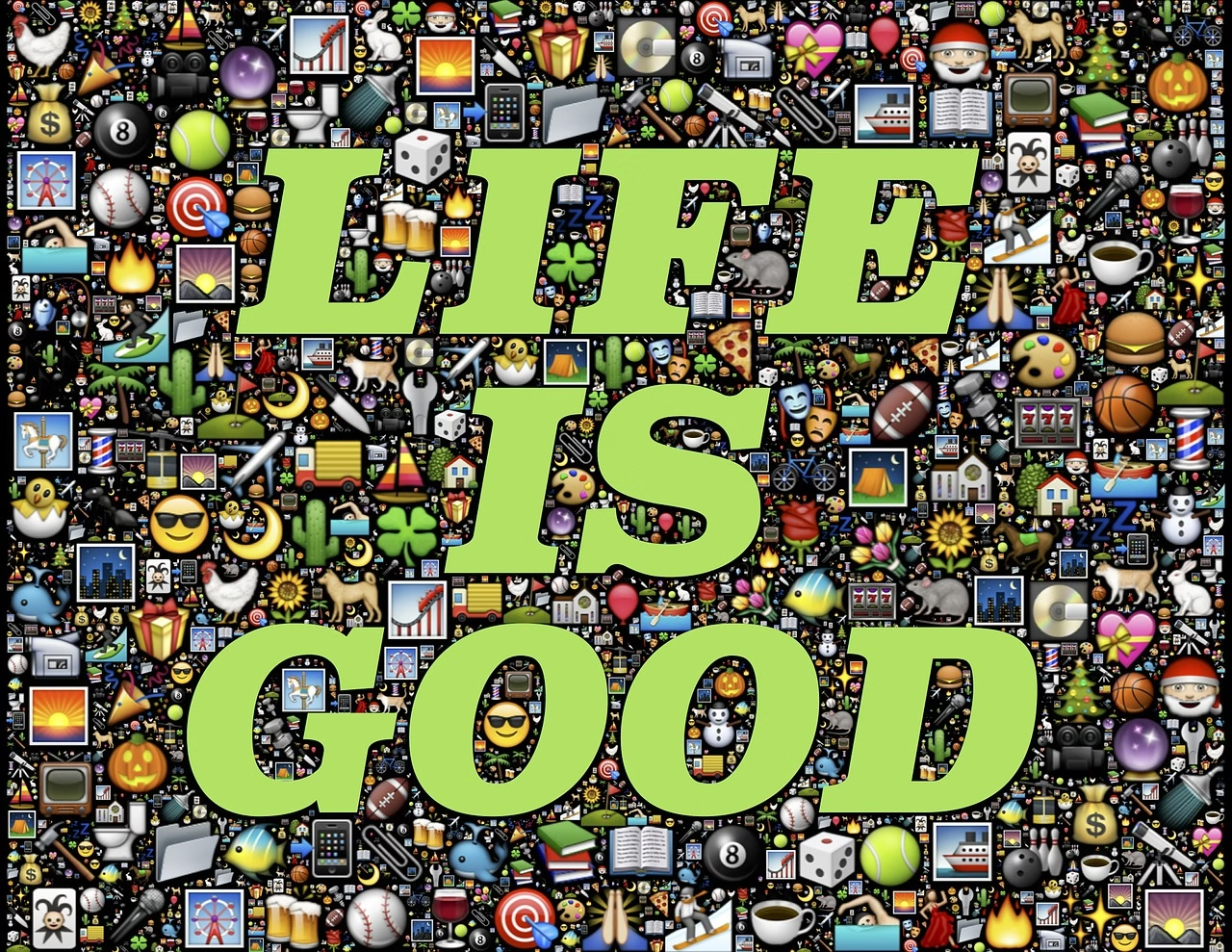
Addressing Common Challenges
A messy digital game collection can display challenges such as locating hidden gems or keeping up with new releases. Here are strategies to counter some recurrent issues:
Limited Search Functionality
When platforms have inadequate search capabilities, employing external management tools like IGDB (Internet Games Database) can enhance your organization. These databases offer a comprehensive game overview, which can be integrated with your system.
Overwhelming Library Volume
If sheer volume is a problem, narrow it by adopting a rotation system: focus on a subset of games each month. This approach helps prioritize gaming time and discover unplayed titles.
Inconsistent Metadata
Metadata inconsistencies can disrupt your tagging system. Regularly updating your library’s information for periods, like annual clean-ups, ensures that all metadata aligns with the latest data and developer notes.
The Role of Emerging Technologies
As the digital gaming landscape evolves, so too do the tools available for managing collections effectively.
AI and Machine Learning
Artificial Intelligence is increasingly utilized to recommend games and streamline organization based on user habits and preferences. Stay updated on AI advancements in game management for potential applications in your library.
Virtual Reality (VR)
For VR enthusiasts, categorizing VR-compatible titles separately from traditional games aids in locating and preparing the appropriate hardware setup. With VR becoming more mainstream, expect management tools to incorporate VR-specific attributes.
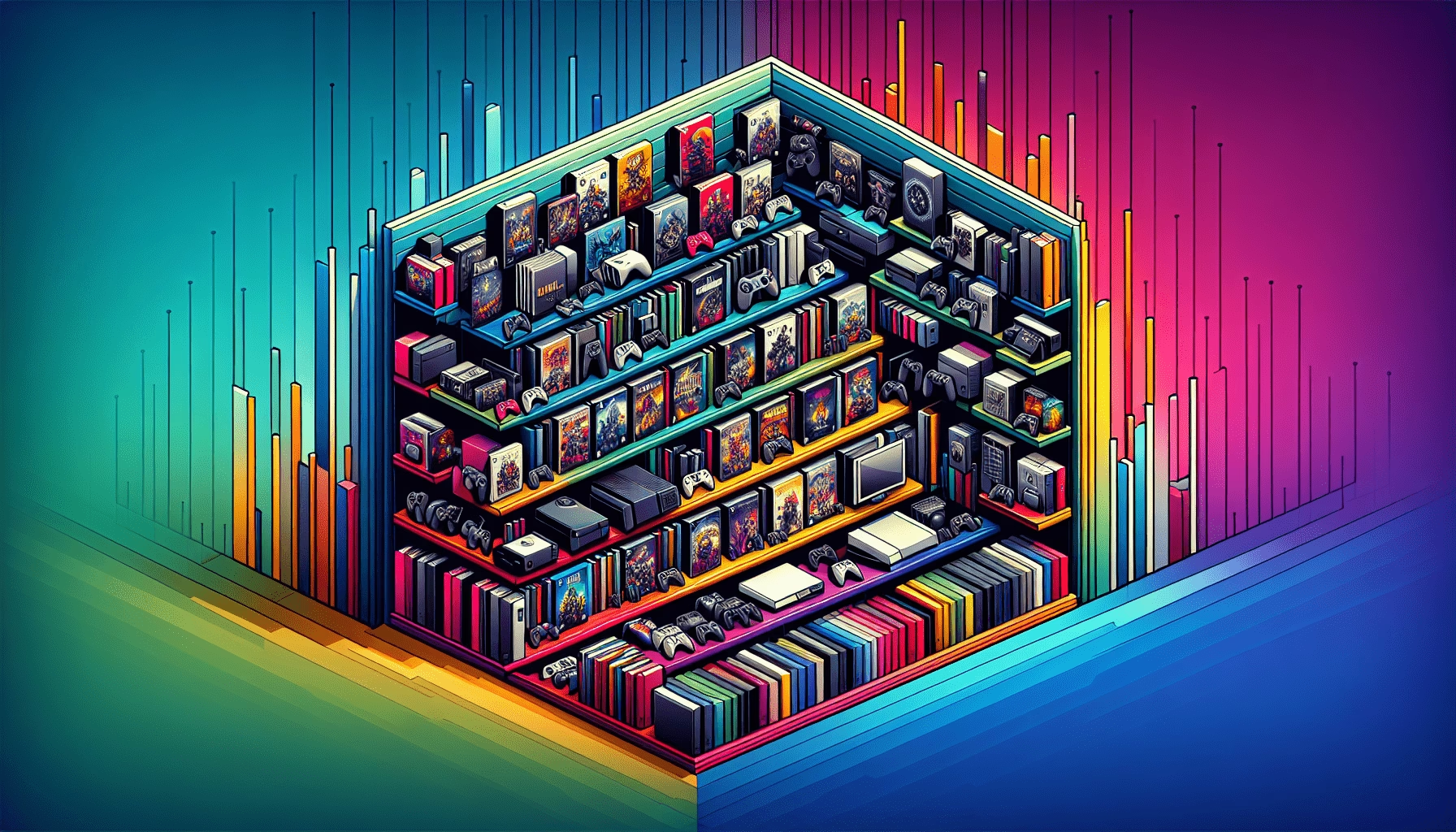
Conclusion: A Refined Gaming Experience
By adopting a systematic approach to managing digital game collections, gamers can significantly improve their gaming experience. Understanding effective categorization, tagging, and leveraging the right tools are crucial actions. Above all, keeping your library organized ensures that you can spend less time searching and more time playing, immersing yourself in the expansive worlds that digital gaming offers.
By implementing and refining these practices, you’ll not only optimize your game collection management but also keep in step with the evolving world of digital gaming. Whether it’s finding the perfect tag or harnessing cloud synchronization, the journey to a well-organized game library is as rewarding as the games themselves.
Best Way to Organize my Digital Game Collection?
Professional Approaches to Anime Figure Collection Management
